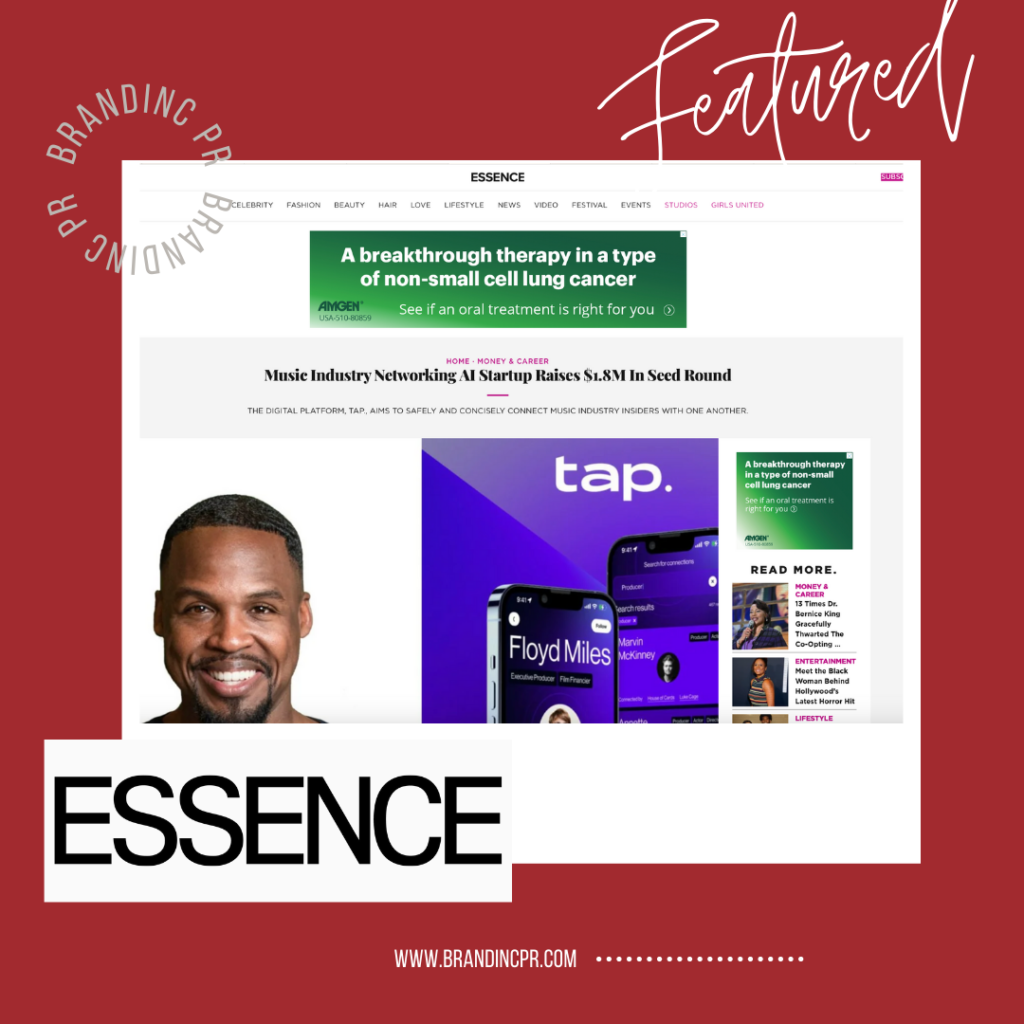The Impact of Branding on Public Relations
Today, digital PR and social media are more important than ever when it comes to building a strong brand. But what impact does branding have on public relations? In this blog post, we’ll explore the effects of branding on public relations, including how to use branding to your advantage, tips for managing your brand in a crisis, and the importance of consistency when it comes to public relations. By the end of this post, you’ll have a better understanding of how branding can positively or negatively affect your public relations efforts.
What is branding?
Branding is a marketing strategy that uses a name, logo, design, slogan, or other elements to identify a product or service and differentiate it from the competition. It helps to build customer loyalty by creating an emotional connection between the customer and the brand. Branding allows businesses to create an identity that stands out in the marketplace and sets them apart from their competitors. It also serves as a way to communicate a company’s values and mission statement. Ultimately, branding helps businesses attract customers and increase sales.
At its core, branding is about creating an image of a company, product, or service that is easily recognizable and sets it apart from the competition. It involves developing a unique name, logo, design, slogan, or other elements that convey the message and values of the business. Branding is important for businesses of all sizes, from small startups to large corporations. It helps customers form an emotional connection with the brand and makes it easier for them to recognize the company and its offerings. Additionally, strong branding can help businesses stand out from the competition, create customer loyalty, and even increase sales.
What are the benefits of having a strong brand?
Having a strong brand is beneficial for businesses of all sizes and across all industries. A strong brand not only helps you to stand out from the competition, but it also helps you to establish trust and loyalty with your customers. It helps to differentiate your company’s products and services, and it can even be used as a form of marketing to spread the word about your business.
Having a strong brand can help to increase sales, as customers are more likely to purchase products or services from companies they recognize and trust. Furthermore, having a strong brand allows you to create an emotional connection with your customers, which can lead to repeat purchases and higher levels of customer loyalty. This, in turn, leads to increased profits and an improved bottom line.
A strong brand also helps to protect your company’s reputation. A recognizable brand can be used to quickly rebut any negative reviews or press that may be circulating about your company. This can help to protect your reputation and ensure that customers view your company favorably.
Finally, having a strong brand can make it easier for you to introduce new products or services. When customers are familiar with your brand, they are more likely to give those products and services a try. This can help you launch new products and services faster, allowing you to grow your business and take advantage of new opportunities.
How can branding affect public relations?
Branding can have a profound impact on public relations. Your brand is often the first impression that people have of your company or organization. It communicates your values, mission, and what makes you unique. With a strong brand, you can ensure that your public relations messages are consistent and effective.
When it comes to public relations, having a strong brand is essential. It helps you establish trust and credibility with the public and conveys a sense of authority. It also provides you with an identity that helps people recognize your brand and connect it to your message. Having a strong brand allows you to build relationships with stakeholders, media, customers, and other important audiences.
When crafting your brand messaging, make sure it is consistent across all channels. Inconsistency can confuse audiences and can lead to miscommunication. Establishing clear and consistent messaging will help you build relationships and make sure that your PR messages are heard and understood.
Finally, having a strong brand can help you in crisis situations. When crises occur, it is important to respond quickly and effectively. A strong brand will give you a better chance of emerging from the situation unscathed, as the public already has a positive impression of your organization or company.
Overall, having a strong brand is essential for successful public relations. It will help you build relationships, establish trust and credibility, ensure consistency, and help you in crisis situations. By taking the time to create and nurture a strong brand, you can make sure that your PR messages are effective and make an impact.
What are some tips for building a strong brand?
1. Focus on quality. The most important thing to remember when building a strong brand is that quality should always come first. When customers experience a high-quality product or service, they will be more likely to stay loyal to your brand and recommend it to others.
2. Have a clear identity. A brand should have a clear identity that is easily recognizable and consistent across all platforms. From your logo to your messaging, each element should be tailored to reflect the personality of your brand and its values.
3. Stay true to your mission. It’s important to stay focused on the mission behind your brand. Think about why you started it in the first place, and make sure all of your actions are in line with that mission.
4. Have an active presence online. In today’s digital world, having an active presence online is essential for building a strong brand. Consider creating profiles on various social media networks, launching a website, blogging, and engaging with customers through email campaigns.
5. Utilize customer feedback. Encourage customers to provide feedback on their experience with your brand. This will help you to identify any areas for improvement, as well as get a better understanding of what customers appreciate about your brand.
 Press Release
Press Release




